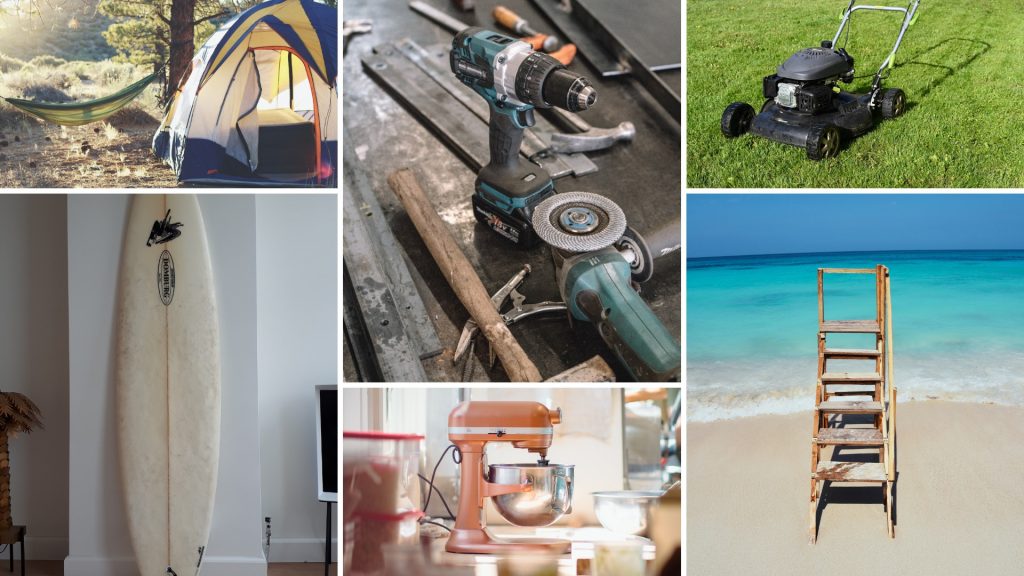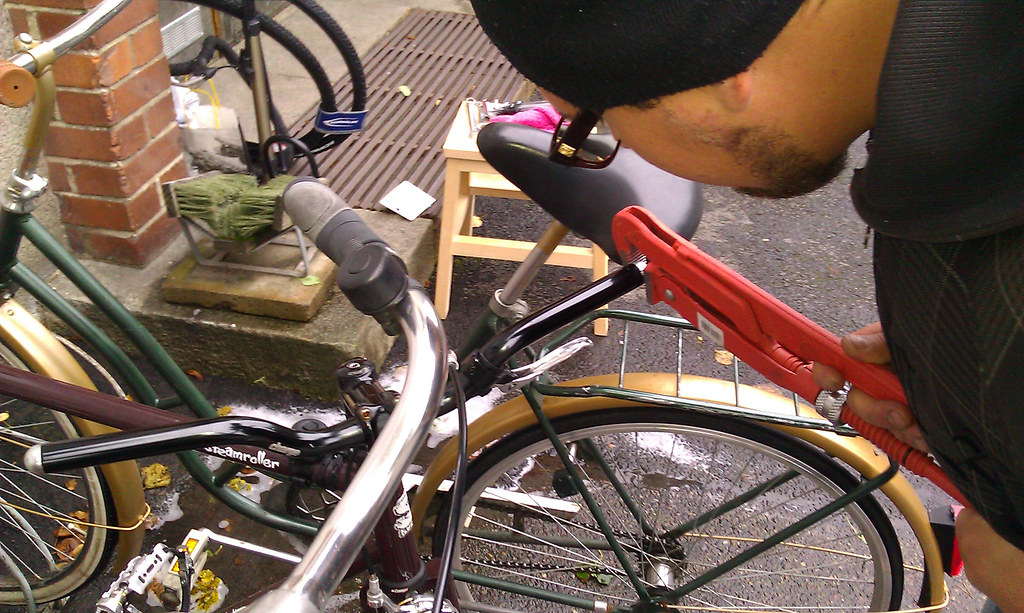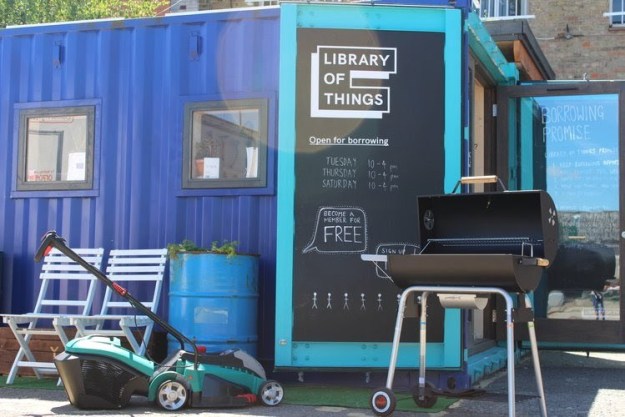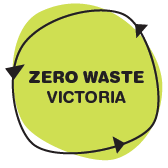When you need a tool to help you tackle that project, need a gadget to get the garden looking great, want to try out something new in the kitchen, or want to take something on holiday for a bit of extra fun or comfort is your first thought to go out and buy it or whether someone you know may have one you can borrow? Does it seem like it would be easier to just buy one than borrow one? Checkout My Shed is hoping to change that by creating a community of lenders and borrowers anyone can tap into when the need arises.

We interviewed Checkout My Shed cofounder, Ally Phillips.
Tell us a little bit about yourself and where your passion for sharing, reducing waste and/or having a positive impact on the environment in general came from?
I’m Ally – I live in Fitzroy North in Melbourne. Before I started Checkout My Shed, I was working for a consulting agency, helping out big corporates with marketing and strategy. At the time of the idea ‘birth’, one of my clients was a large retailer who operated in fast fashion. It was also about the time that the UN released their report on climate change and how consumerism is a big driver behind it. With those two points combined, I was feeling guilty about not doing anything to attempt to help the planet and wanted to have a positive impact. So I had a think about what I could do and Checkout My Shed was born.
Actually, at the time, it started off as ‘Checkout My Wardrobe’ – a peer-to-peer marketplace for sharing clothes. But when lockdown happened and people were spending more time at home, we decided to pivot to the Shed.
What motivated you to and why did you start Checkout My Shed and where would you like to see it go?
Some of this is in the above question, but really I started it as I wanted to have a positive impact – on the planet and on people. I wanted to encourage people to connect in person again. To get to know their neighbours. To support each other.

In an ideal world, Checkout My Shed would be a household name, and Australian mindsets would think ‘rent first’. I’d love it if we could influence a mindset shift from consumerism to circular economy.
How do sharing economy initiatives like Checkout My Shed reduce waste?
Every time you rent an item, it’s one less item you buy. We all have so many items sitting at home idly and there’s no need for it! If we all shift our mindset into a share economy, we can share what we have with each other. We reduce the manufacturing of low quality items, and reduce what gets thrown into landfill.
Are there other benefits to sharing and borrowing?
As mentioned above, I love the community aspect as well. Meeting strangers can actually be really magical. I’ve met a few lovely people through borrowing items on Checkout My Shed, and they’ve just been these really pleasant interactions. I think it really helps you appreciate people.
How do you think sharing and borrowing rather than buying can be inspired more widely? How do we get that mindset change to happen in society?
What a question! Attempting to shift people’s mindset and behaviours is incredibly hard. But it does happen, it just takes time and persistence.

I remember the first time I used CarNextDoor – it was such a foreign concept, and a little nerve wracking to begin with. But once I tried it, it quickly became the best option, if I ever needed a car. The biggest hurdle is that first trial. We need to make that trial as easy as possible. Show people how easy it is.
How does Checkout My Shed work?
We’re a peer-to-peer rental marketplace where members can rent home items to and from each other. Members can list absolutely anything that sits idly in their home – tents, tools, kitchen appliances, eskies, entertainment furniture – anything! Members find what they’re after (searches can be done within a radius), book the item through a calendar system and chat with the owner to organise pickup. We have a Lenders Assurance Policy which ensures lenders’ items are protected and they are reimbursed in the (very off) chance that any damage is caused to their items.
What are a few examples of things that people can borrow using the site?
Tents, drills, ladders, leaf blowers, mixmasters, steam mops, eskies, kayaks, surfboards. Anything!
Liability is probably something everyone will worry about when lending out or borrowing something to or from someone they don’t know. How is this dealt with to make it a worry-free experience for both lenders and borrowers?
In our early stages, we’ve implemented a replacement fee system to ensure lenders items are protected. When they list the item, they set a replacement fee should the item be damaged or misplaced. We work with the lender and borrower to make sure the lender is reimbursed appropriately, should anything happen.

We’re considering opt-in insurance for the future as well, if this is what our members want.
And for both parties, we’ve implemented a review system (much like Uber and Ebay), where all members are reviewed by each other. This ensures we’re building a community based on trust and respect.
How has the uptake been so far? Have you found that there are more people wanting to lend than borrow or the other way round and why do you think this is the case?
We’re happy with how we’re growing so far. COVID has definitely had an impact on the speed of growth, but we’re finding we receive a lot of positive feedback from the community. At this stage, there are definitely more borrowers than lenders, but we’re hoping to shift that soon.
My thinking behind why this is the case is that people forget about the GOLD they have at home. People just don’t realise that in their kitchen cupboards, laundry or shed, they have multiple items that other households would find useful.
My other thought is that people may think listing an item takes a long time. But it is very easy! We’ve designed the user experience so items can be listed in less than 2 minutes – simply take a photo, set your price, write your description and DONE.
What other ways can Victorians get involved in sharing that you’ve come across?
Many other companies out there that contribute to the ShareEconomy. For times when cars are necessary ‘Car Next Door’ is a great example. Otherwise, there are some great tool libraries within specific suburbs that help people out when they don’t want to buy.

Finally, we always ask our interviewees to share a tip that has helped them to reduce waste or a great waste reduction tip they have came across recently.
Apart from renting, instead of buying, this is one that isn’t really thought of often, hence why I thought I’d raise it – eBooks!
Borrowing rather than buying saves resources used to make more unnecessary goods and it reduces landfill as less unwanted items end up in hard rubbish each year and it saves space and reduces clutter in our homes. Initiatives like Little Libraries, Tool Libraries, Library of Things, Kitchen Libraries, Bunting Libraries, the Party Kit Network, and Checkout My Shed are making sharing resources in a community a more common occurrence, making it easier to rent and lend items, and making sure that the thought to borrow comes before the impulse to buy.
